All the Beautiful Things by Katrina Nannestad with illustrations by Martina Heiduczek is a meticulously researched, enthralling historical fiction novel aimed for readers 10+. This story is set in the Bavarian Alps in World War II between 1943 and 1945. It is about belonging and what it was like to live in Germany during WWII if you were deemed to be different, different meant not belonging and this was synonymous with grave danger. The Author’s Note states that, “at the start of the Second World War, Hitler launched Aktion T4, the Nazi program for involuntary euthanasia. … led by Hitler, the Nazi’s had a vision for a strong, pure German race. They aimed to remove every person from the German Reich who did not fit their ideal, which included among others … people with disabilities…”. This story explores family bonds, friendship, angels, monsters, courage, resilience, choices, loyalty, how appearances can be deceiving and keeping life and love alive in the darkest and most wicked of circumstances. Katrina Nannestad explores this history in an accessible way by telling this story from the points of view of children from diverse backgrounds. The children display such tenacity, resilience, courage, hope, resourcefulness and above all love. They find and create joy through simple pleasures, often when all hope seems lost. This story shines a light on the glaring contrasts that exist in war, the complexities of it, the hypocrisy, the futility and that there are no winners or losers.
Anna and Eva are sisters who share a deep bond. Anna is considered the perfect German girl, she is smart, tall, strong, athletic, has blonde hair and blue eyes. Her sister Eva is frail and sick with a high emotional intelligence, she brings nothing but joy into the lives of others through her compassionate and kind ways. Her mutti makes the decision to keep her hidden in their apartment. She does not have the same freedoms Anna enjoys, going outside, feeling the sun, attending school, enjoying the company of friends in social situations. Eva’s days are confined to the four walls of the apartment. Anna feels guilty for going to her best friend’s Udo’s farm but she always brings back treasures for Eva, such as a feather, a ticket she finds on her way home or a piece of wool. These treasures are used to make dresses for Eva’s dolly. As Anna creates the dress she tells imaginative and captivating stories behind each of the pieces of treasure.
It becomes increasingly apparent that being in her own home becomes unsafe for Eva and her mutti makes the agonising decision to move her into a new location where they must be separated to protect her.
This new location sees Anna confronted with questions of who can be trusted and who cannot. People and circumstances are not what they seem. People are living double lives and for very personal reasons. How do you know who are the angels and who are the monsters? Udo is always a loyal friend by Anna’s side and together they work cautiously and bravely to protect Eva.
Udo and Anna are unwavering in the lengths they go to guard and help others, often compromising their own safety to do so. Danger is always lurking, exacerbated by the fear and unknown of who is actually a Nazi supporter (all is not as it seems). They are constantly looking over their shoulder for people like Manfred, a young boy who is part of Hitler’s Youth or the Gestapo. People who stop them, question them, interrogate their actions, request they empty their pockets, always with the agenda to find a reason to accuse them of being traitors.
This story sensitively balances hope with loss and heartbreak. It is another stunning example by Katrina Nannestad of light and love not only existing, but shining in a harrowing time of horrific suffering.
